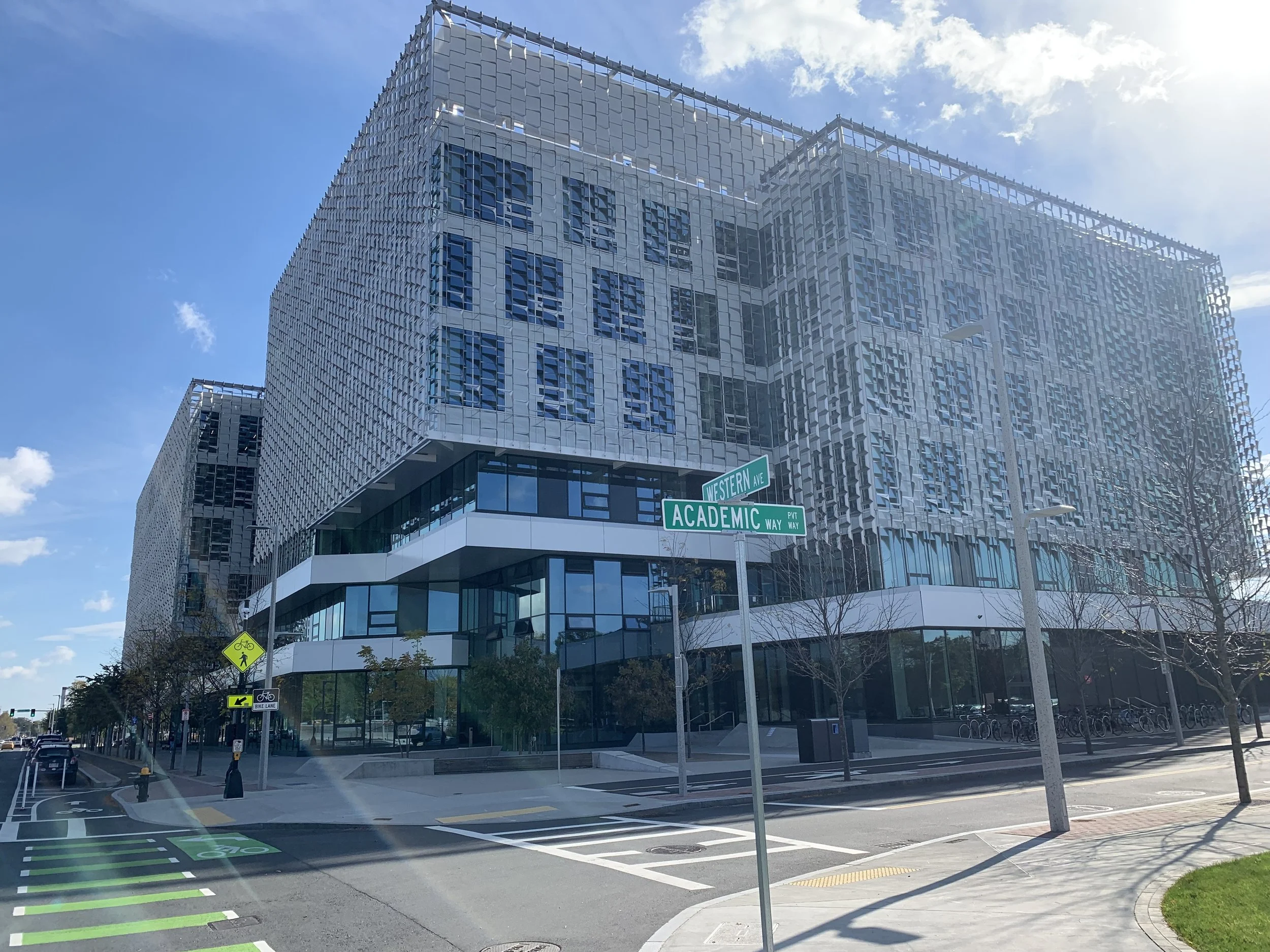Harvard University Science and Engineering Complex
Sustainability Consulting Role:
Led comprehensive sustainability strategy development from early design phases and coordinated with Transsolar and the design team to source healthier and sustainable materials, integrate advanced building systems, renewable energy solutions, and high-performance envelope strategies. Managed LEED certification process and Living Building Challenge Petal certification for the Design Team. (Work performed while at Thornton Tomasetti)
Climate-Positive Solutions Delivered:
Integrated photovoltaic and highly efficient radiant based heating and cooling systems
Advanced triple-glazed curtain wall system with automated shading controls
Laboratory-grade energy recovery ventilation, cascading air systems with demand-controlled systems
Rainwater harvesting and greywater recycling infrastructure
Biophilic elements with operable windows and green terraces
Smart building controls with real-time energy monitoring
Team analyzed over 6,000 building materials to source and purchase non-toxic elements and prioritize occupant health.
Performance Outcomes:
LEED Platinum certification achieved
Living Building Challenge Materials, Beauty, and Equity Petals certified
71% energy reduction from benchmark with renewable energy integration (exceeded 40% target)
50% water use reduction through conservation and reuse systems
95% construction waste diverted from landfills
Indoor air quality exceeding ASHRAE 62.1 standards by 30%
The Harvard Science & Engineering Complex represents a landmark achievement in sustainable academic architecture, designed by Behnisch Architekten to house cutting-edge research facilities while setting new standards for environmental performance in higher education.



